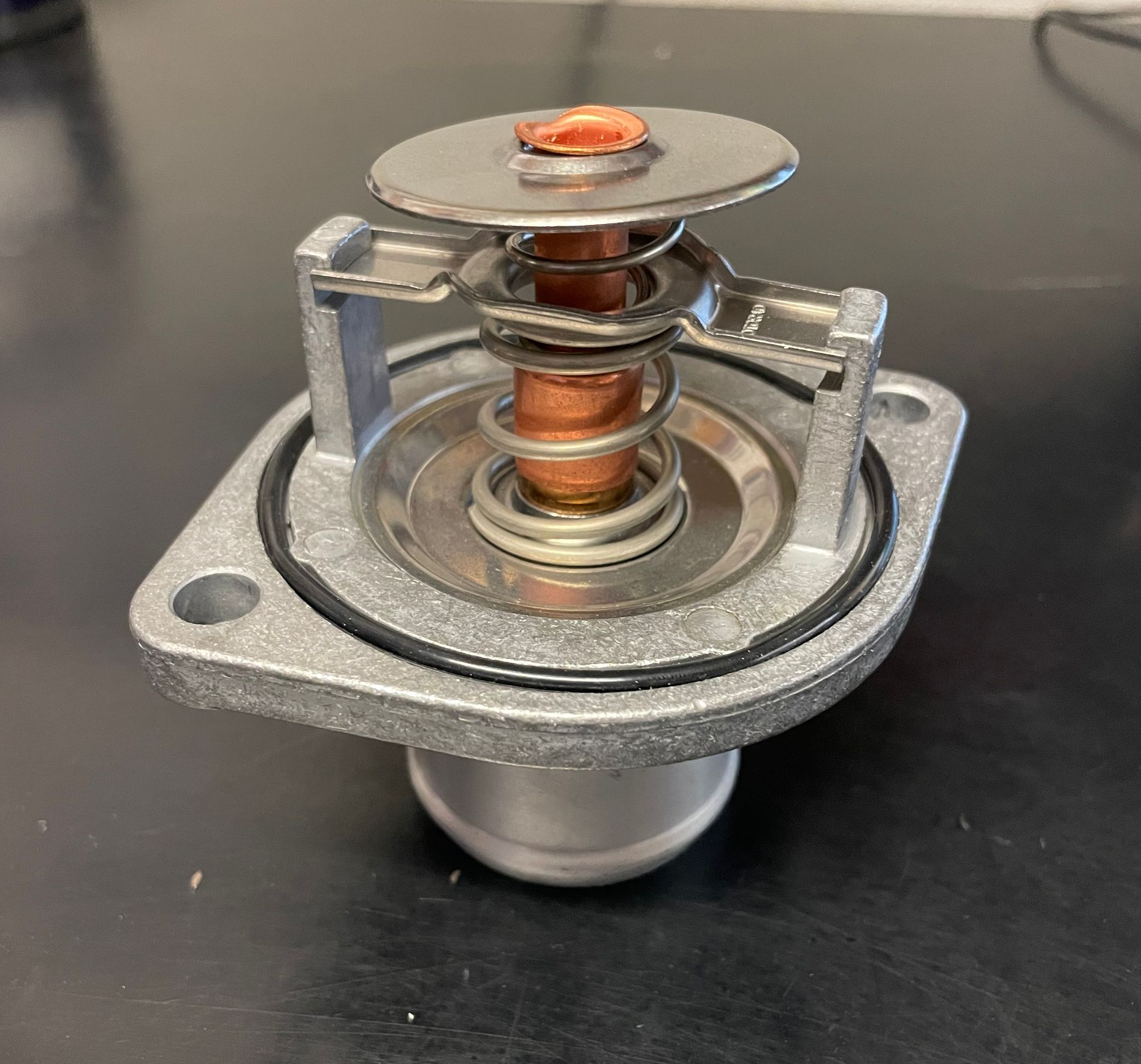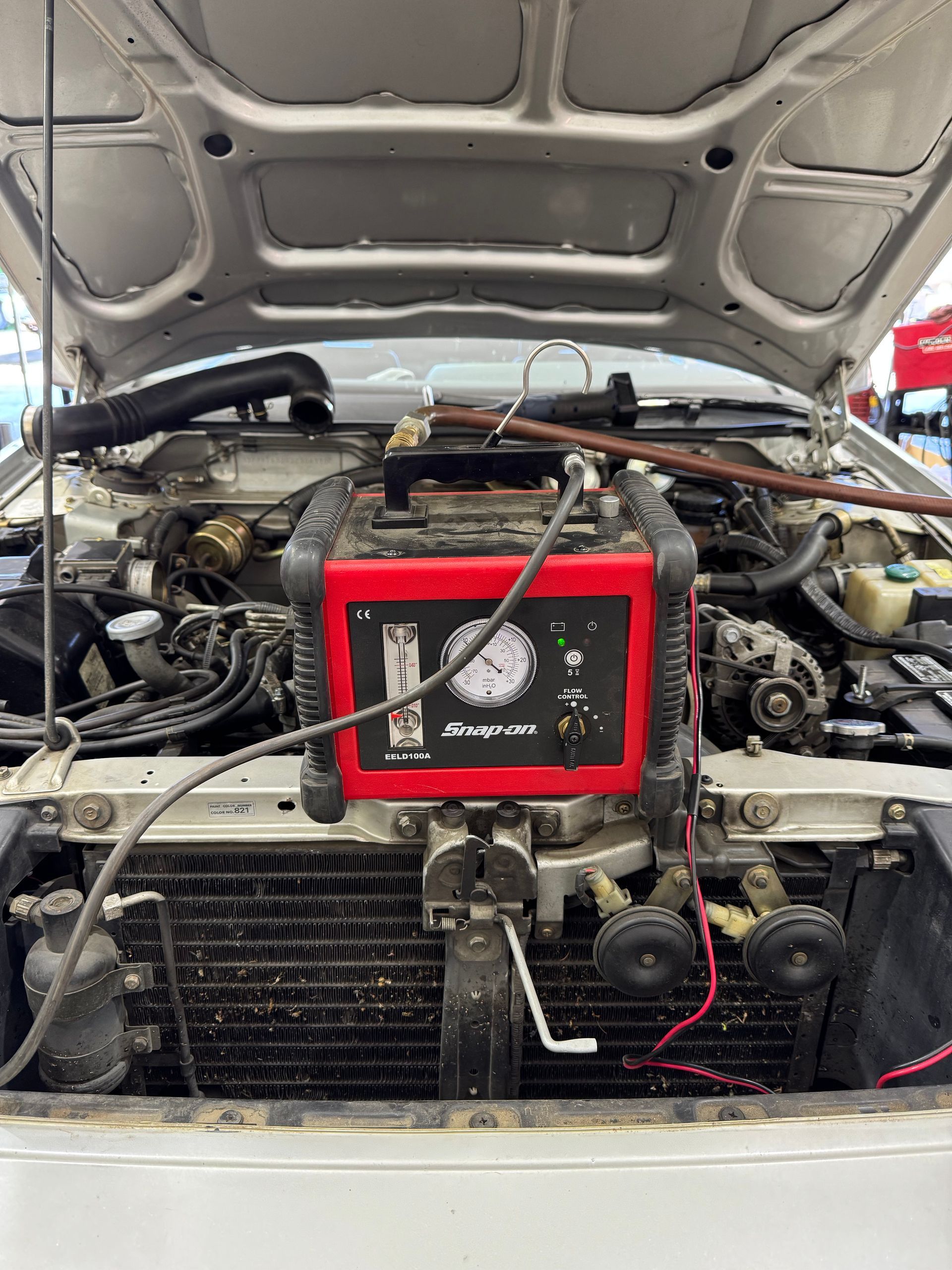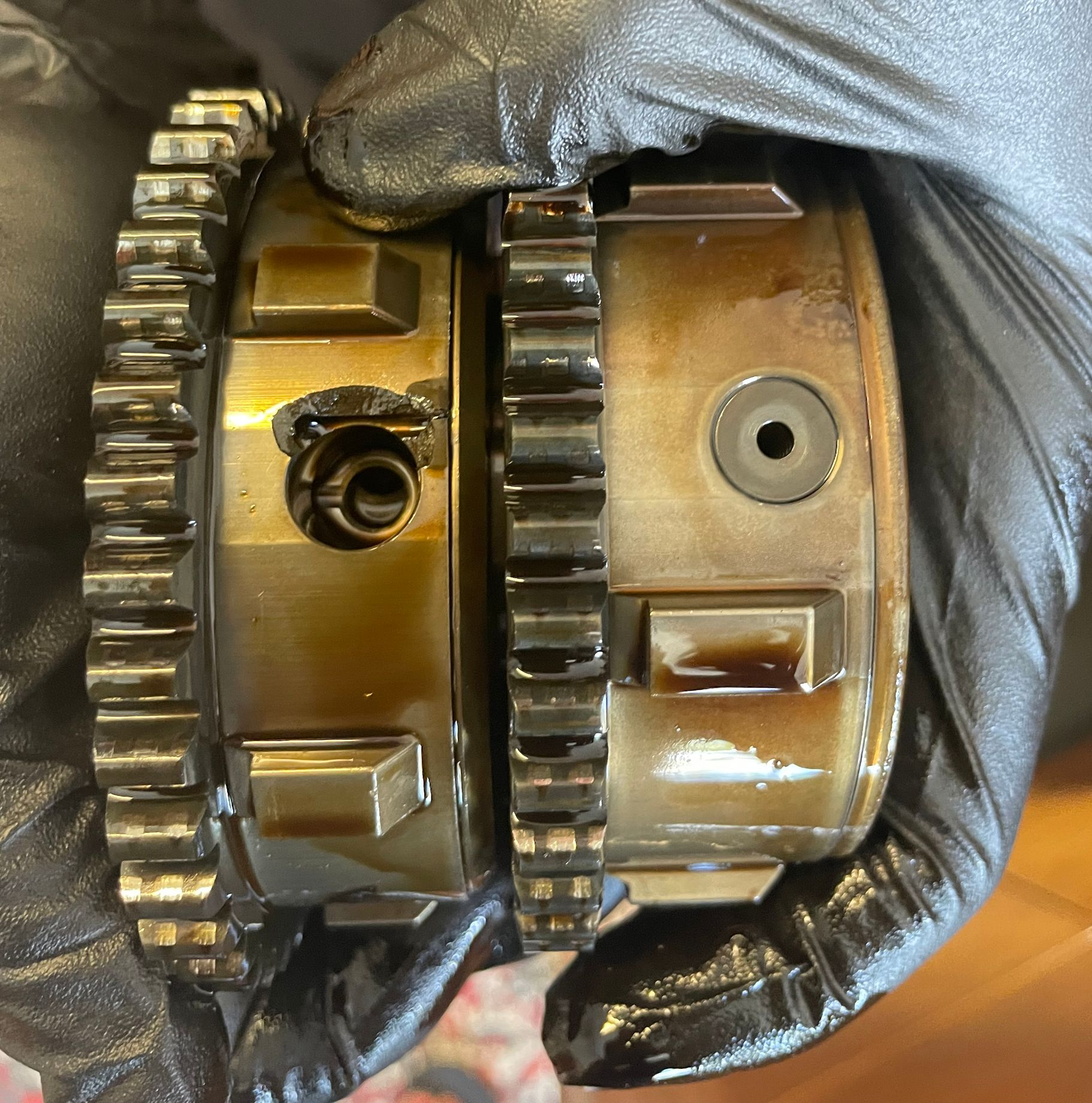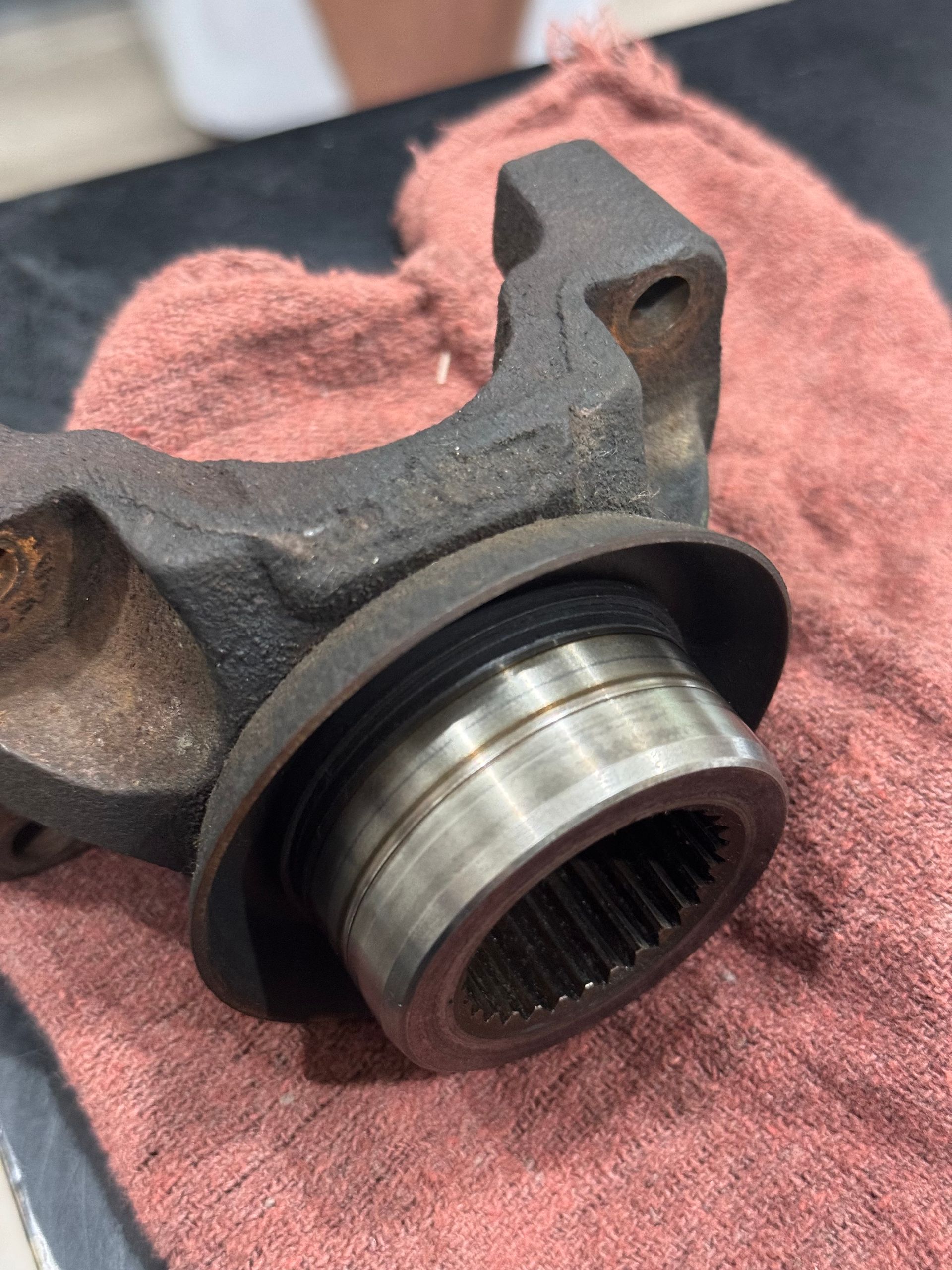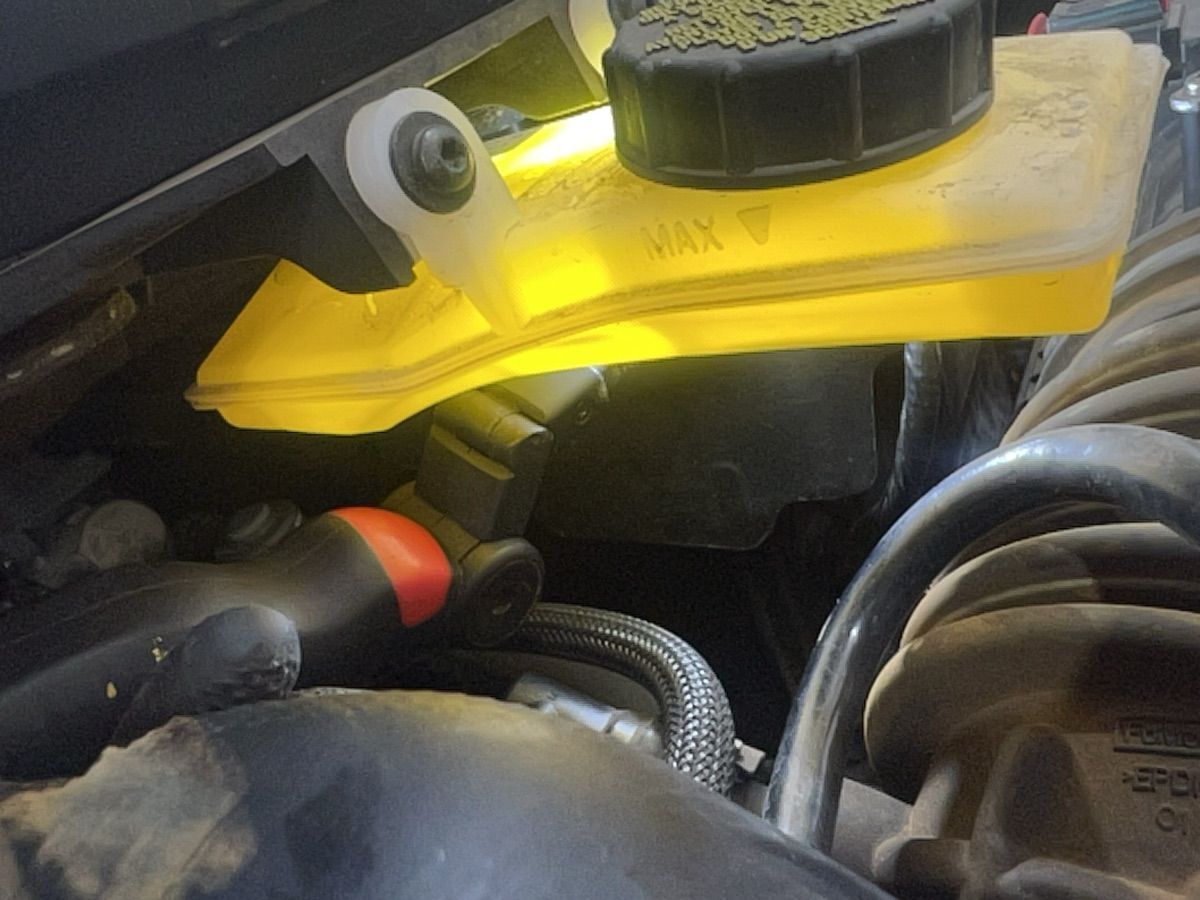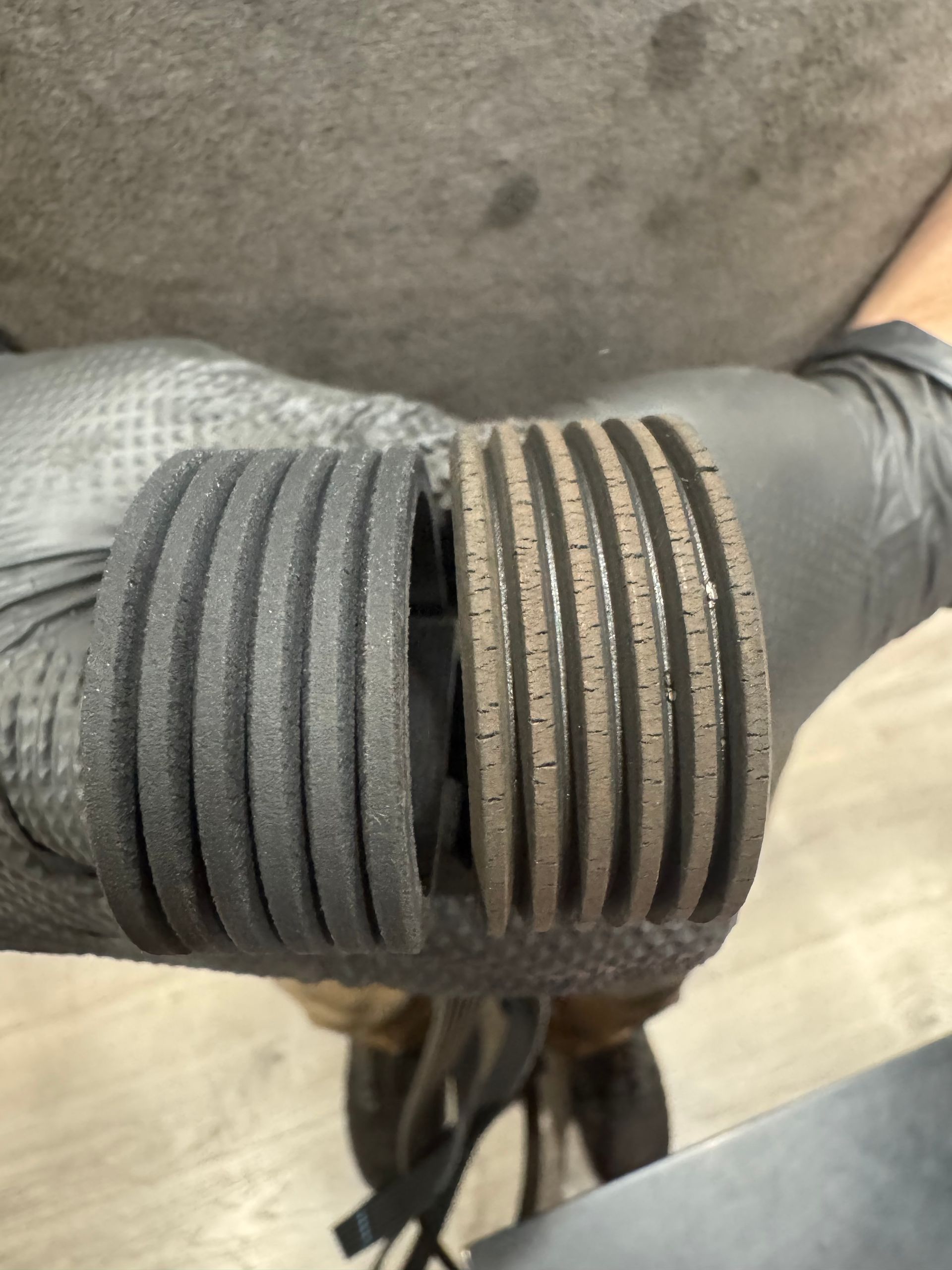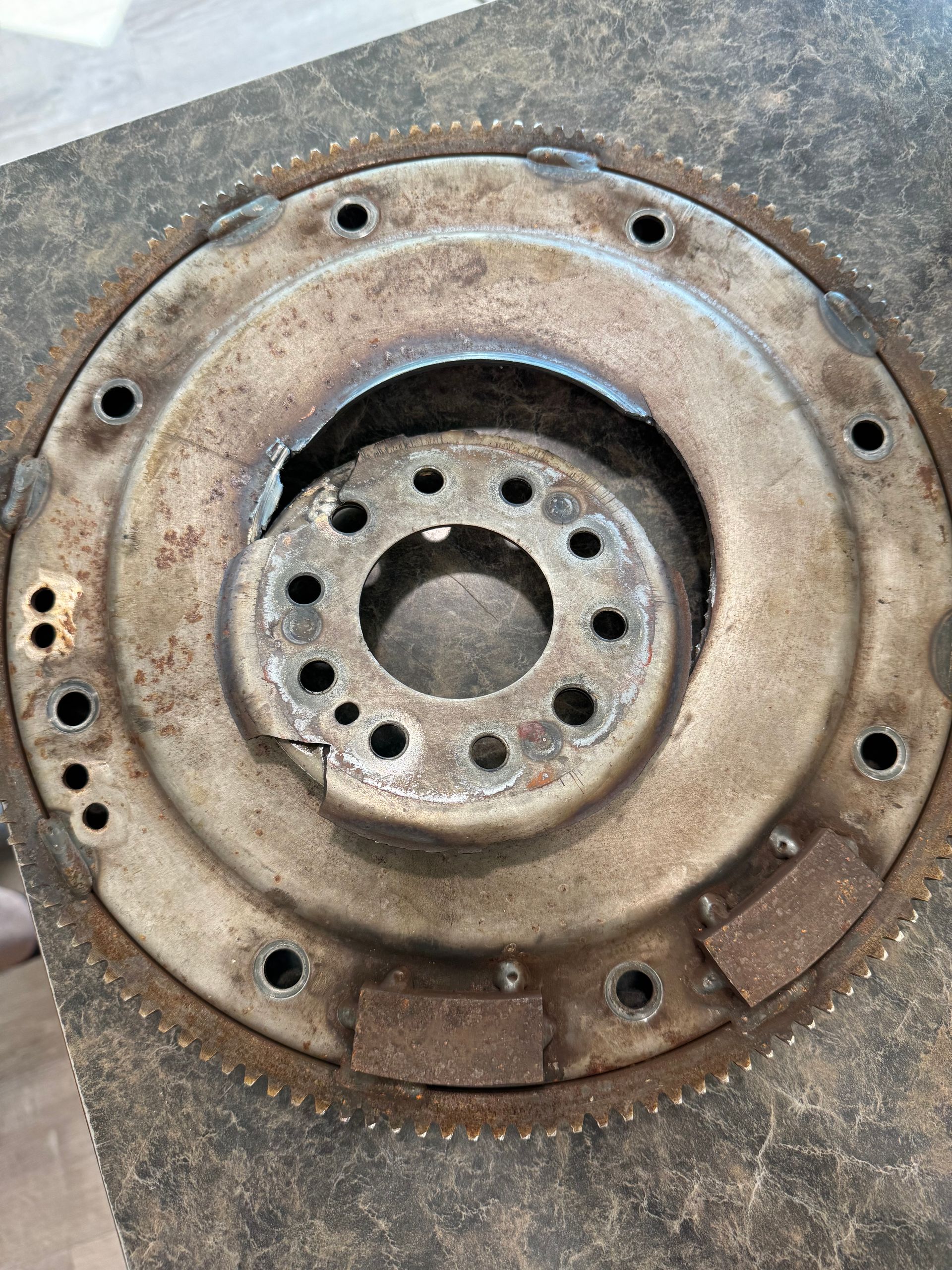What does an EGR Valve do?
Ever wondered what the EGR valve in your car does? If you're curious about this little component and how it helps your vehicle run cleaner, you've come to the right place.
The EGR valve stands for Exhaust Gas Recirculation valve. It's a crucial part of your car's engine system that helps reduce pollution. By recirculating a portion of your exhaust gases back into the engine, it lowers the emissions of harmful nitrogen oxides that are released into the atmosphere.
Here’s a step-by-step look at how the EGR valve works:
- Exhaust Gases: When your engine burns fuel, it creates exhaust gases. These gases include harmful substances like nitrogen oxides.
- Recirculation: Instead of letting all the exhaust gases leave through the tailpipe, the EGR valve redirects some of them back into the engine’s intake manifold.
- Mixing: Once the exhaust gases are back in the intake manifold, they mix with fresh air and fuel. This mixture lowers the temperature in the combustion chamber, which reduces the production of nitrogen oxides.
- Combustion: The engine burns this mixture again, producing less harmful emissions.
By reintroducing a small amount of exhaust gas into the combustion process, the EGR valve helps your car run more efficiently and cleanly.
Your EGR valve is essential for several reasons:
- Reduces Pollution: By lowering the production of nitrogen oxides, the EGR valve helps reduce air pollution, making the air cleaner and healthier to breathe.
- Improves Efficiency: By reducing the combustion temperature, the EGR valve can help improve your engine's efficiency. This means better fuel economy for you.
- Protects the Engine: Lowering combustion temperatures can also help protect your engine from damage caused by excessive heat.
Like any part of your car, the EGR valve can run into problems. Here are some common issues:
- Clogging: Over time, the EGR valve can get clogged with carbon deposits. This can prevent it from working properly and may cause rough idling, poor fuel economy, or increased emissions.
- Sticking: The valve can get stuck in the open or closed position. If it’s stuck open, it can cause your engine to run rough. If it’s stuck closed, it can lead to increased emissions.
- Sensor Issues: Sometimes, the sensors that control the EGR valve can fail, leading to incorrect operation.
If you suspect your EGR valve is not working properly, here are some steps you can take:
- Check Engine Light: If the check engine light comes on, it might be due to a problem with the EGR valve.
- Regular Maintenance: Keep up with your vehicle's maintenance schedule to help prevent EGR valve problems
Questions? Give us a call and let us take care of you.
Happy Adventures,
Heather
Our specials can be found here - Specials - J & H Automotive, Inc
Ready to make an appointment … Appointments - J & H Automotive, Inc
Want to know more … About Us - J & H Automotive, Inc
Would you like to join our merry band of misfits? Careers - J & H Automotive, Inc
Want to know more…
https://www.facebook.com/JHAutomotiveInc

